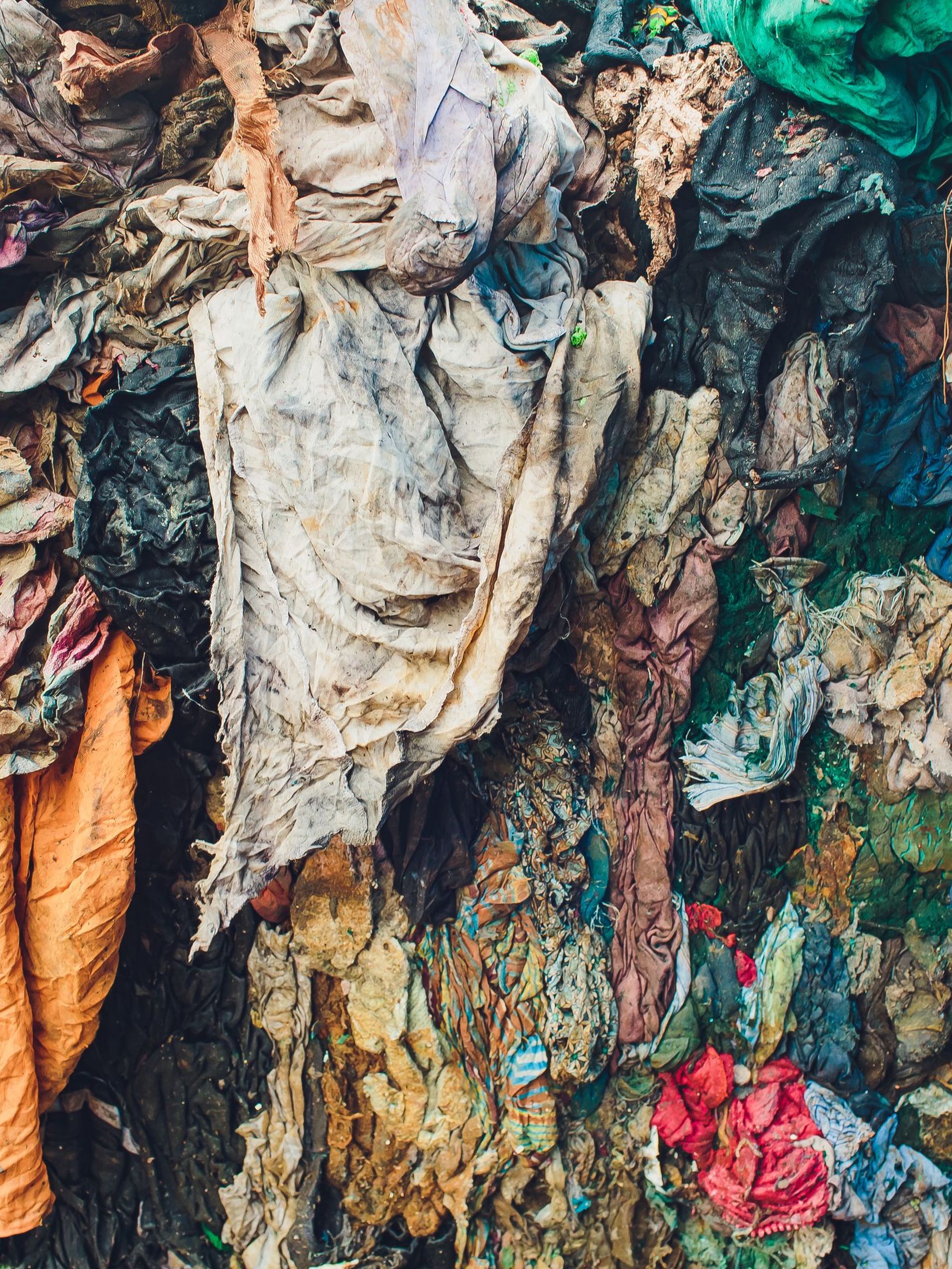It was intended to play a significant part in the proceedings, but how much was actually achieved?
Fashion designers and brands were rubbing shoulders with world leaders at this year’s COP27 as they came together to push for greater action on climate change.
Since the many agreements made at COP26 to curb the industry’s climate woes, fashion brands have been under intense scrutiny to provide evidence of real systematic change.
There can be no doubt of the industry’s impact on our climate; whether it’s fossil fuel usage, the dumping of textile waste or overconsumption – fashion has a pretty big carbon footprint. The industry as a whole accounts for 10% of all global pollution.
Copenhagen-based Global Fashion Agenda says if the fashion industry continues its current trajectory, it will fall short of the decarbonisation targets required to conform with the UNFCCC’s 1.5-degree pathway by 50%.

Photo: Getty
"We know that addressing the complex matrix of environmental and social issues prevalent in the fashion industry can feel insurmountable – especially when acting in isolation – which is why we at Global Fashion Agenda recognise the unparalleled value of collaboration,” says Federica Marchionni, Chief Executive Officer at GFA, speaking recently at COP27.
The Fashion Industry Target Consultation aimed to identify and converge existing industry-aligned targets, according to the five priorities of the Fashion CEO Agenda: Respectful & Secure Work Environments, Better Wage Systems, Resource Stewardship, Smart Material Choices and Circular Systems. Moreover, the Consultation will seek to formulate new targets where they are not currently covered, such as criteria for purchasing practices and circular design, to establish a route towards a net-positive fashion industry.
The GFA hosted another series of events, aimed at addressing how the fashion industry can become net positive, how it can reduce its carbon footprint and the actions needed to encourage and foster circular systems.
Elsewhere, former models were rallying to push for greater change in the way we make and recycle our clothes.
“There is a systemic problem in our economy that is not incentivising circularity and recycling to happen, and where we see policies that would highlight the social and environmental costs, then you’d have a level playing field where recycled materials can actually start to compete,” climate activist Lily Cole said at one of the GFA’s talks on circularity.
The new consultation will be a multi-stakeholder project led by GFA, a non-profit organisation that fosters industry collaboration on sustainability in fashion to accelerate impact, and UNEP, who will be drawing on the expertise of the broader network of the United Nations throughout the process.

Young UN advisor, Sophia Kianni. Photo: Getty
Together, GFA and UNEP are inviting stakeholders and partners from across the global value chain including brands, retailers, NGOs and more to share their insights on the performance indicators and milestones that the industry must strive to meet, and importantly to gauge what tools and support are needed by these actors to take action.
It was also announced during COP27 that brands, such as Sweden-based H&M, Inditex (of the Zara family) and Kering, have vowed to purchase over half a million tonnes of low-carbon, low-footprint alternative fibres for fashion textiles and paper packaging.
“Innovative low-carbon solutions play a vital role to help us reduce our impact on climate and protect forests, so no ancient and endangered forests are put at risk to make fashion,” says Madelene Ericsson, environmental sustainability business expert at the H&M Group.
Elsewhere, Stefan Seidel the senior head of sustainability at sportswear brand Puma spoke to a panel "Are we there yet? Of course not. Are we on track? I would say ... maybe,". It’s clear that brands saw COP27 as a time for frank reflection on the progress made in the sector.
Young UN advisor, Sophia Kianni, was the opening speaker at the UN Fashion Industry Charter for Climate Action event. She addressed the conference with a stark message for the fashion industry. “Young people are complicit in fueling the exploitation of labour and the destruction of the environment” she said, referencing the TikTok #Sheinhaul trend that has become popular with young people in recent months. “Fashion has become part of the fossil fuel industry” she continued, “we are literally wearing oil”.
GFA says that the fashion value chain has a significant impact on our ecosystem through issues such as land use, resource use and through pollution. The fashion and textiles industry is responsible for some 300 million jobs globally, which support vital livelihoods, but also creates significant social and labour risks for workers.
The organisation is calling for any progress made to take a holistic route in order to “respect planetary sustainability, provide dignified work and protect the human rights of these many millions of people and their communities”.
Outside of serious events, some attendees were seen sporting clothing with the print of the latest IPCC report (Intergovernmental Panel on Climate Change) which had damning results in regards to the warming of the planet.

It’s clear from those on the ground that fashion has become a big part of COP27. With many industry execs now seeing this as a regular part of their bi-annual calendar, the question now is will they come back next year with tangible results.
For all of the pledges and statements made here in the last two weeks, it’s clear activists want to see serious action from the industry in its attempts to tackle its emissions and curb its consumption.
All eyes then are on COP28, to see if that truly comes to fruition in 2024.
